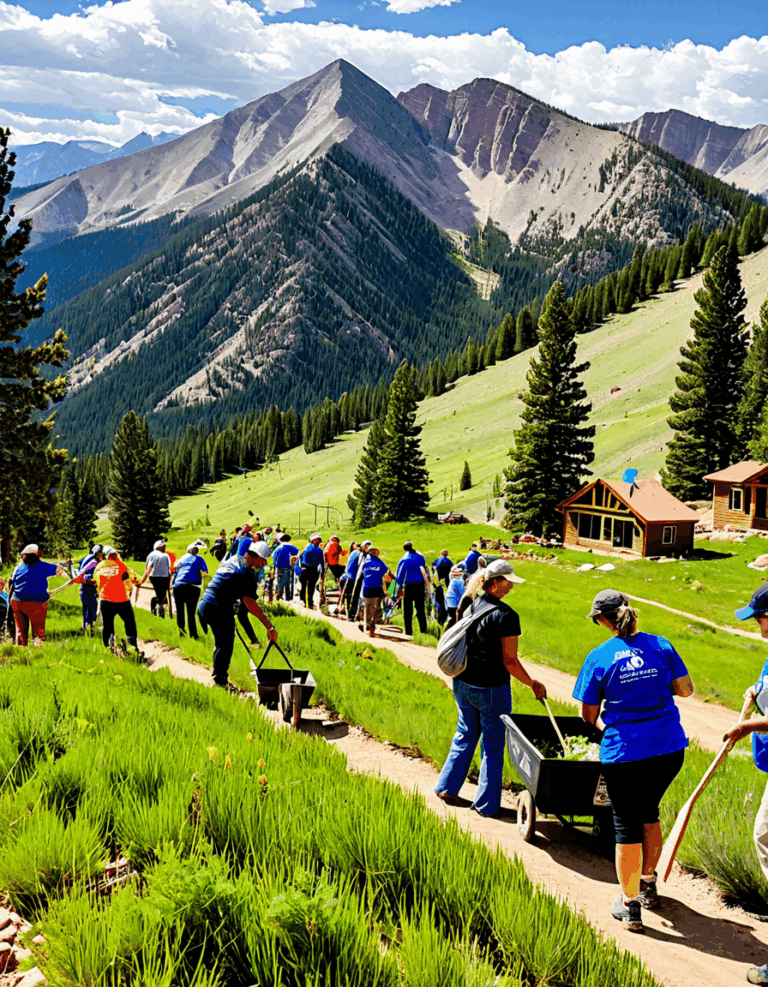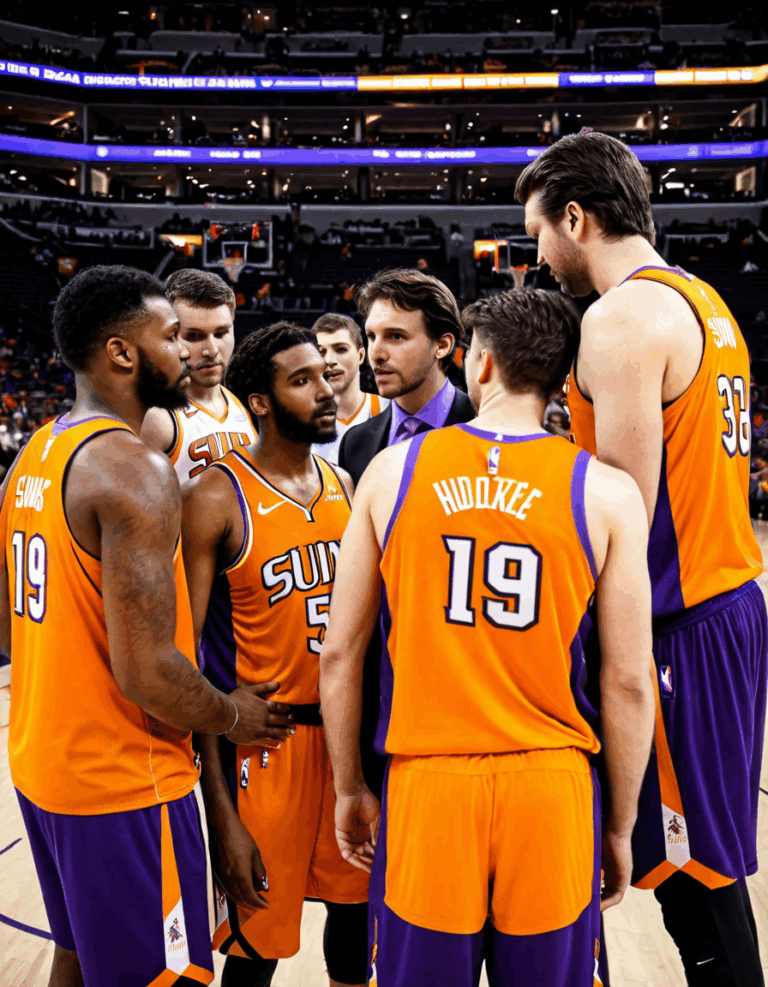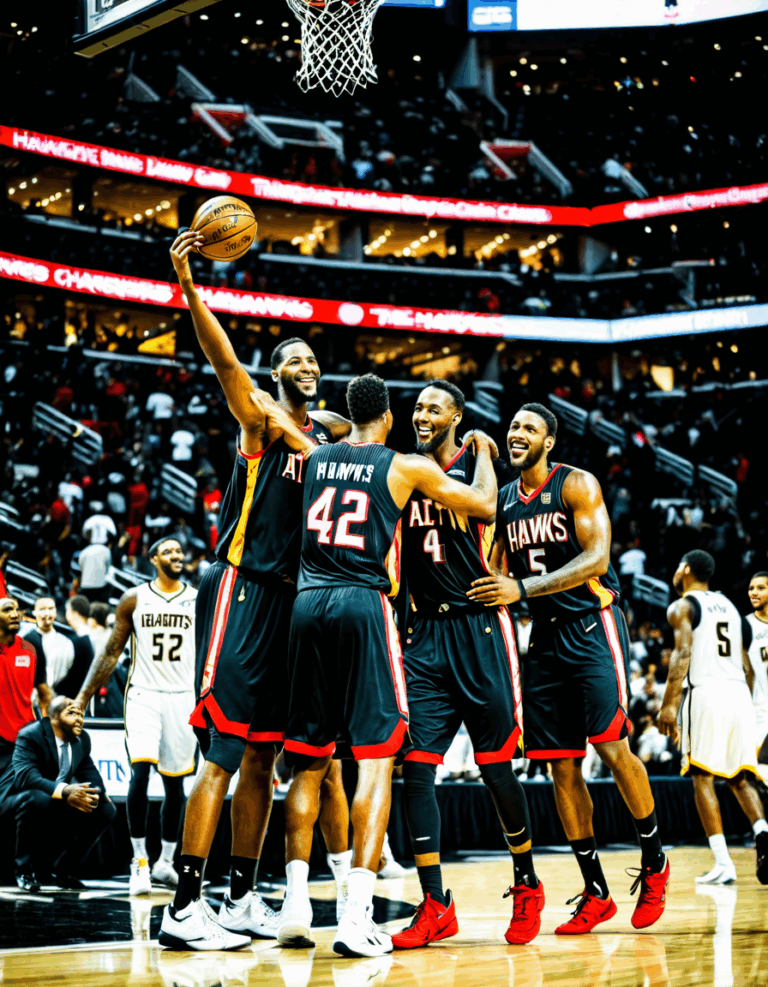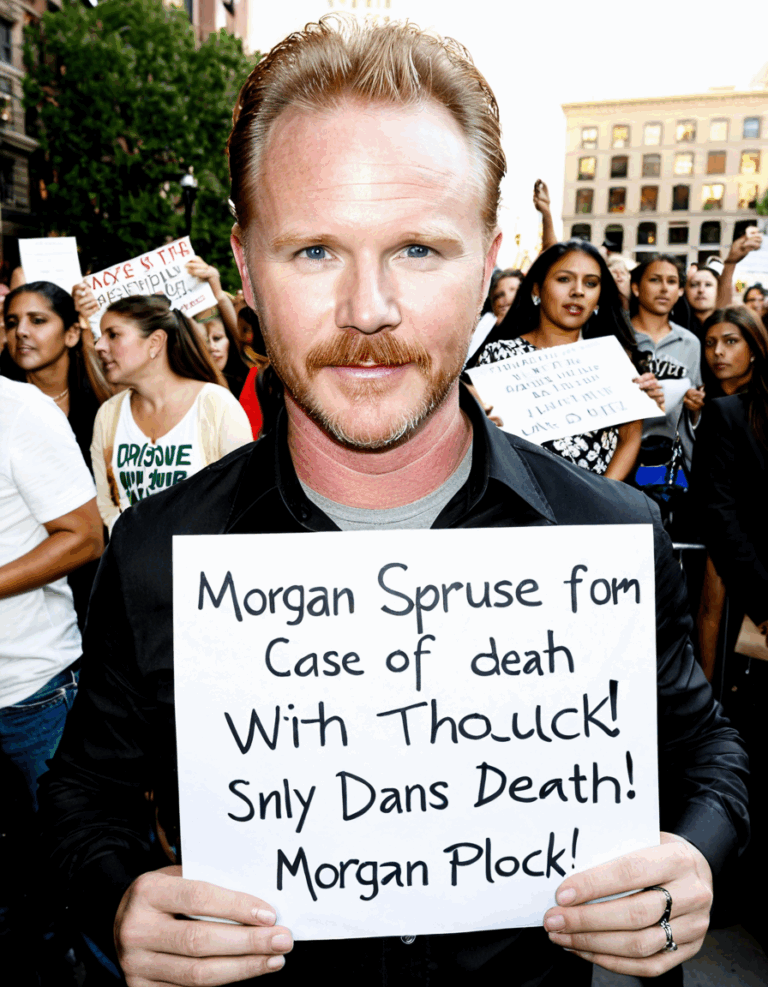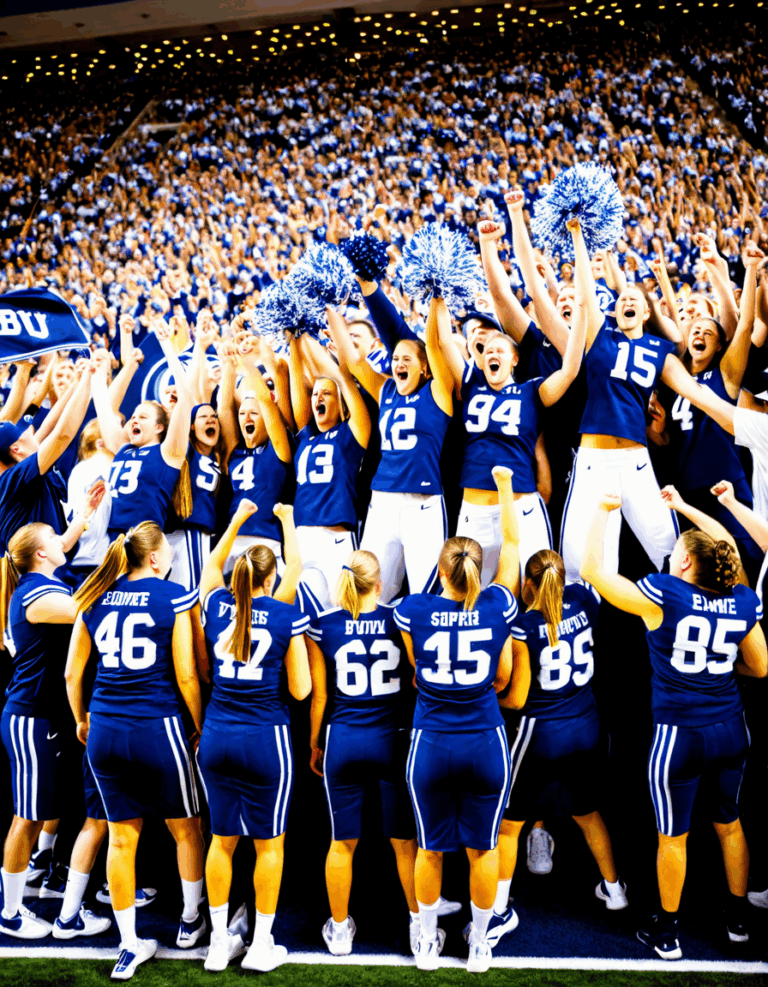Achilles injuries are a hot topic, especially among athletes who rely on their lower body strength to perform at their best. This injury encompasses a range of conditions such as tendinopathy, tendon ruptures, and tears. Iconic athletes like Rafael Nadal have faced serious career interruptions due to Achilles issues, solidifying the significance of this injury in sports. To help bolster understanding and ultimately aid recovery, let’s dive into the seven essential facts about Achilles injuries every athlete needs to know.

The 7 Key Facts About Achilles Injury Every Athlete Should Know
The Achilles tendon connects the calf muscles to the heel bone, making it one of the strongest tendons in the body. Achilles injuries can take several forms, including tendinopathy—an overuse injury characterized by pain and stiffness—as well as complete ruptures, which can halt athletic careers. Just ask NBA star Klay Thompson, who experienced the painful fallout from an Achilles injury before making his comeback, an experience marked by both struggles and triumph.
Shoes that don’t fit well can damage the tendon over time. Athletes often rush their training, meaning the sudden increase in physical activity can lead to problems. Registered dietitian Nanci Wilson emphasizes good nutrition, stressing that poor dietary choices can exacerbate injury risks. In instances such as Ramadan fasting, the body’s hydration and energy levels drop, making it more vulnerable to injuries like an Achilles tear. When an athlete skimp on hydration or nutrients during training periods, they get into a problematic cycle.
Pain is the telltale sign, particularly when waking up or after staying inactive for too long. Stiffness can also signal trouble ahead. Early detection is key—if soreness lingers, similar to how real-life challenges creep up on regular folks, it might escalate into something more severe. For instance, the story of Zac Efron’s fitness journey can’t go ignored; he faced his share of injuries that sidelined his progress, stressing the importance of identifying symptoms early. Recognizing the signs is often the thin line between a little downtime and complete recovery disaster.
Fortunately, treatment plans vary. For milder injuries, conservative approaches such as physical therapy, stretching, and orthotics can do wonders. For serious cases, though, surgery might be your only option. As advanced techniques evolve, methods like shockwave therapy are being adopted by professionals to speed up healing times. Case studies indicate that athletes receiving prompt treatment often bounce back much faster—an important lesson for those grappling with similar experiences.
Athletes can take proactive steps to keep Achilles injuries at bay. A custom workout plan tailored to individual needs is indispensable. For example, famous figures like Tony Finau and Serena Williams integrate specific exercises into their routines to bolster strength and flexibility—it’s not rocket science. There’s no denying that using well-fitted shoes and progressively ramping up workout intensity matters significantly, adding common sense to their training regimens.
Other health issues can complicate situations. As seen with intermittent fasting, the debate rages on regarding its effects—while some advocate its benefits, studies reveal concerning links to heart disease risks. Conditions like white lung syndrome can sap physical strength, hindering an athlete’s recovery process and posing additional challenges. This underscores how interconnected health truly is—a robust understanding could provide insights that athletes desperately need.
It’s crucial to keep a broader perspective. Health conditions like dengue fever can add layers to the recovery process, forcing downtime that can feel eternal. An athlete must grasp how overall health factors interplay with specific injuries like Achilles issues, giving them the edge in their training. Just as sibling dynamics within Morticia Addams and her family intrigue audiences, understanding these connections can deepen insights about health management.

Navigating Recovery: The Interplay of Nutrition and Injury
Nutrition cannot be glossed over in recovery protocols. Oddly, many athletes don’t grasp hydration’s role, especially during fasting periods like Ramadan. Your dietary choices shape muscle recovery and inflammation levels, determining how your Achilles tendon heals. If you’re ignoring these essentials, you’re stacking the odds against yourself.
Being aware of how dietary practices intersect with cardiovascular risks appears vital. Research highlights that while intermittent fasting may help some, it can pose challenges to others. Thus, crafting individualized nutritional plans is paramount, especially for those susceptible to Achilles injuries. This tailored approach can pave the way for better health outcomes.
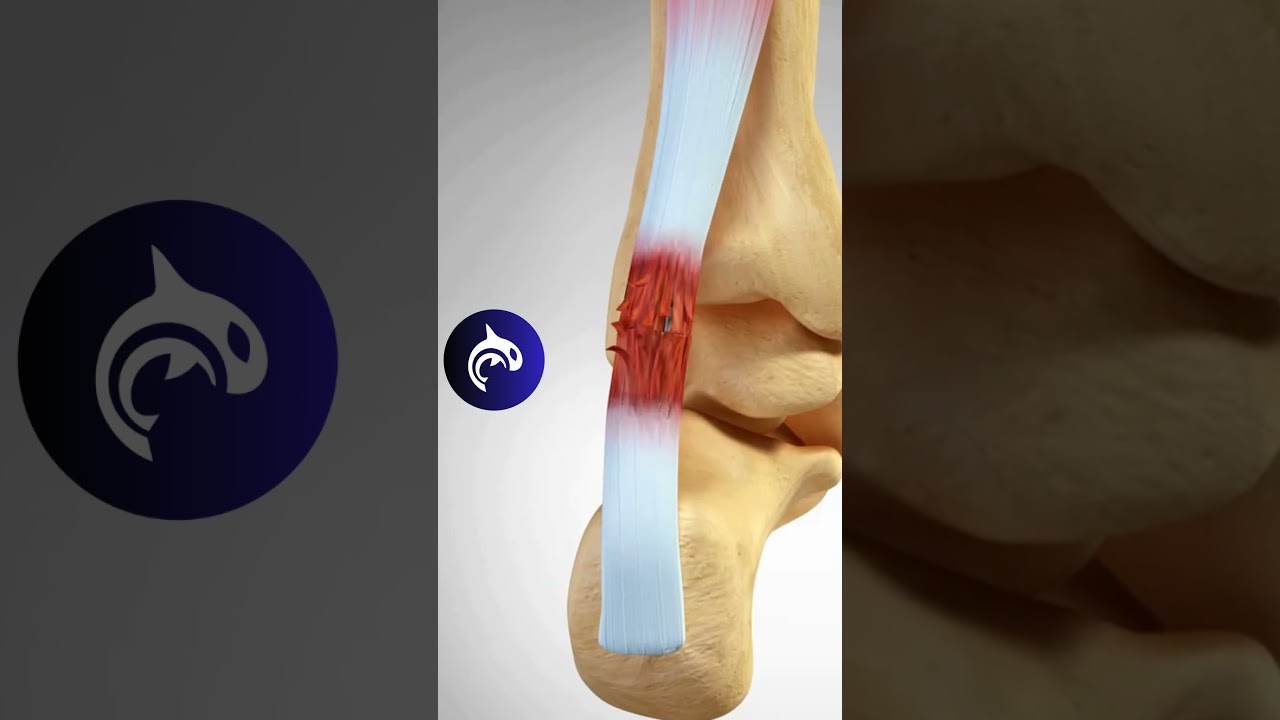
The Impact of Lifestyle on Achilles Injury Recovery
Athletes’ daily habits profoundly affect recovery. Choices about diets, exercise routines—even recreational habits like frequent flights—can bear significant consequences. You might brush off airplane discomfort as temporary, but post-flight issues like diarrhea can lead to prolonged recovery times. It’s a lesson in being conscious about one’s health choices.
Committing to a holistic strategy that encompasses lifestyle adjustments can accelerate outcomes. Just like understanding the complexities of a proposed law, athletes need a comprehensive approach to health that considers how external factors influence their recovery processes.

Moving Forward: A Comprehensive Approach to Health and Athletic Performance
Oftentimes, athletes equate recovery strictly with physical fitness. However, achieving long-lasting health demands a multifaceted approach. The insights covered in this article illustrate how different facets—nutrition, existing health issues, and choosing the right lifestyle habits—can affect Achilles injury recovery and prevention efforts.
Athletes must remain vigilant, taking charge of their health routines. Every angle, from strength training to dietary choices, counts. Equip yourself with knowledge and transitions typically used in effective health narratives, and you’ll better navigate the journey to not just recover but thrive in your athletic adventures. The story of Achilles injuries may continue to evolve, but by embracing a broad view, athletes can prepare themselves for the future with confidence.
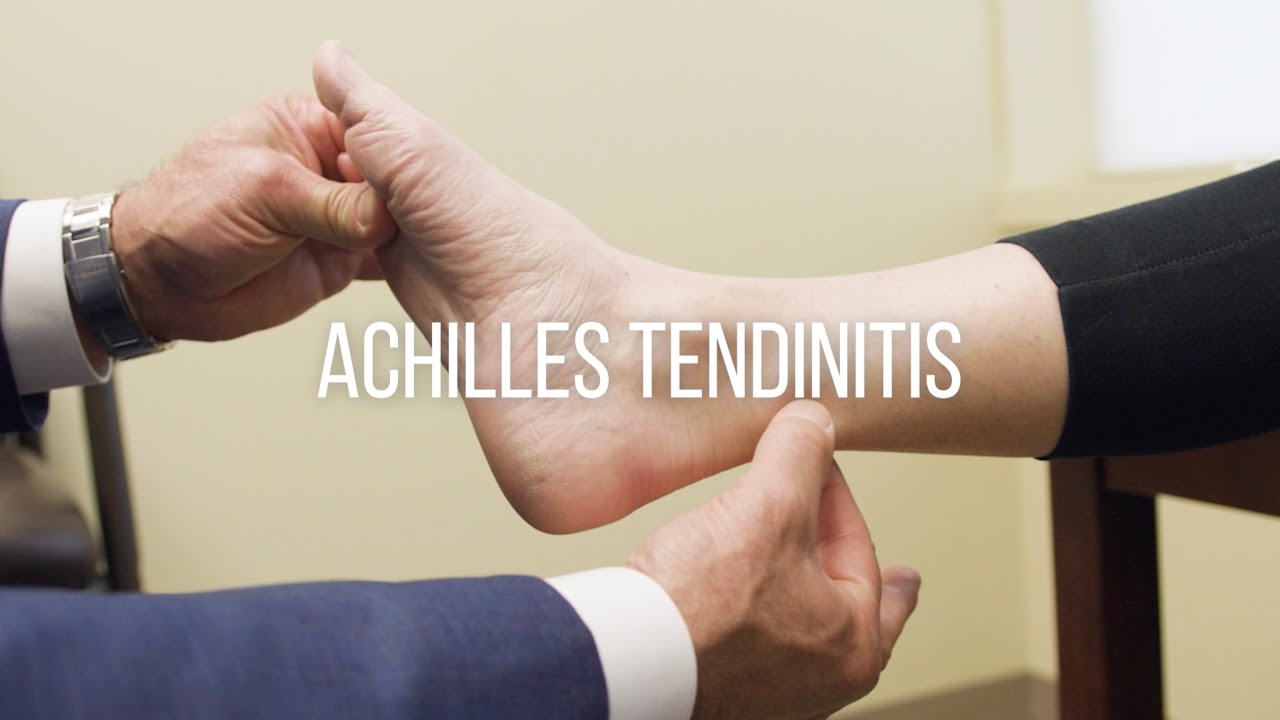
Achilles Injury Facts You Must Know Now
Striking Trivia Surrounding Achilles Injury
Did you know that the Achilles tendon, named after the legendary Greek warrior, is the strongest tendon in your body? Yet, it’s also one of the most prone to injuries, especially among athletes. In fact, a classic sports flick titled White Men Can’t Jump features basketball themes that highlight the importance of leg strength and flexibility—both crucial for avoiding an Achilles injury. A surprising statistic reveals that around 30% of all sports injuries are related to the Achilles tendon.
Now, let’s shift gears for a moment. Star Zac Efron, known for his roles in High School Musical and various fitness endeavors, once dealt with an Achilles injury himself. While many focus on the glitz and glamour of Hollywood, it serves as a reminder that even celebrities aren’t immune to physical setbacks. Maintaining a healthy lifestyle can sometimes include factors like intermittent fasting, which has shown promise for heart health, shedding light on how nutrition impacts overall well-being—even in athletes.
Common Causes and Prevention Tips
One of the sneaky culprits behind Achilles injuries is the lack of proper warm-ups, much like putting on your tap shoes without stretching first—you’d definitely risk a faux pas on the dance floor! Another factor is age, as the elasticity of your tendons naturally decreases over time. That means if you’re part of any athletic community in Colorado, like the Sos colorado group, it’s essential to focus on strength training and flexibility as you age.
Interestingly, 90% of Achilles injuries occur during sports or fitness activities. Folks often dive headfirst into intense workouts without considering gradual progression. This leads us to a little personal trivia; did you know Sylvester Stallone, famed for his enduring action movie roles, stands at a staggering height of 5’10”? His iconic status is commendable, but even he would advocate for the importance of injury prevention tactics in a rigorous training regime.
Whether you’re striking out as a runner or trying to master dance moves like Morticia Addams showcasing her elegant prowess, knowing about Achilles injury prevention is crucial. Remember, taking care of your tendons aligns with taking care of your body as a whole—not just a task, but rather a lifestyle choice! So, keep your eyes peeled for signs of strain and always prioritize your body’s signals to avoid landing in the unfortunate pool of Achilles injuries.












